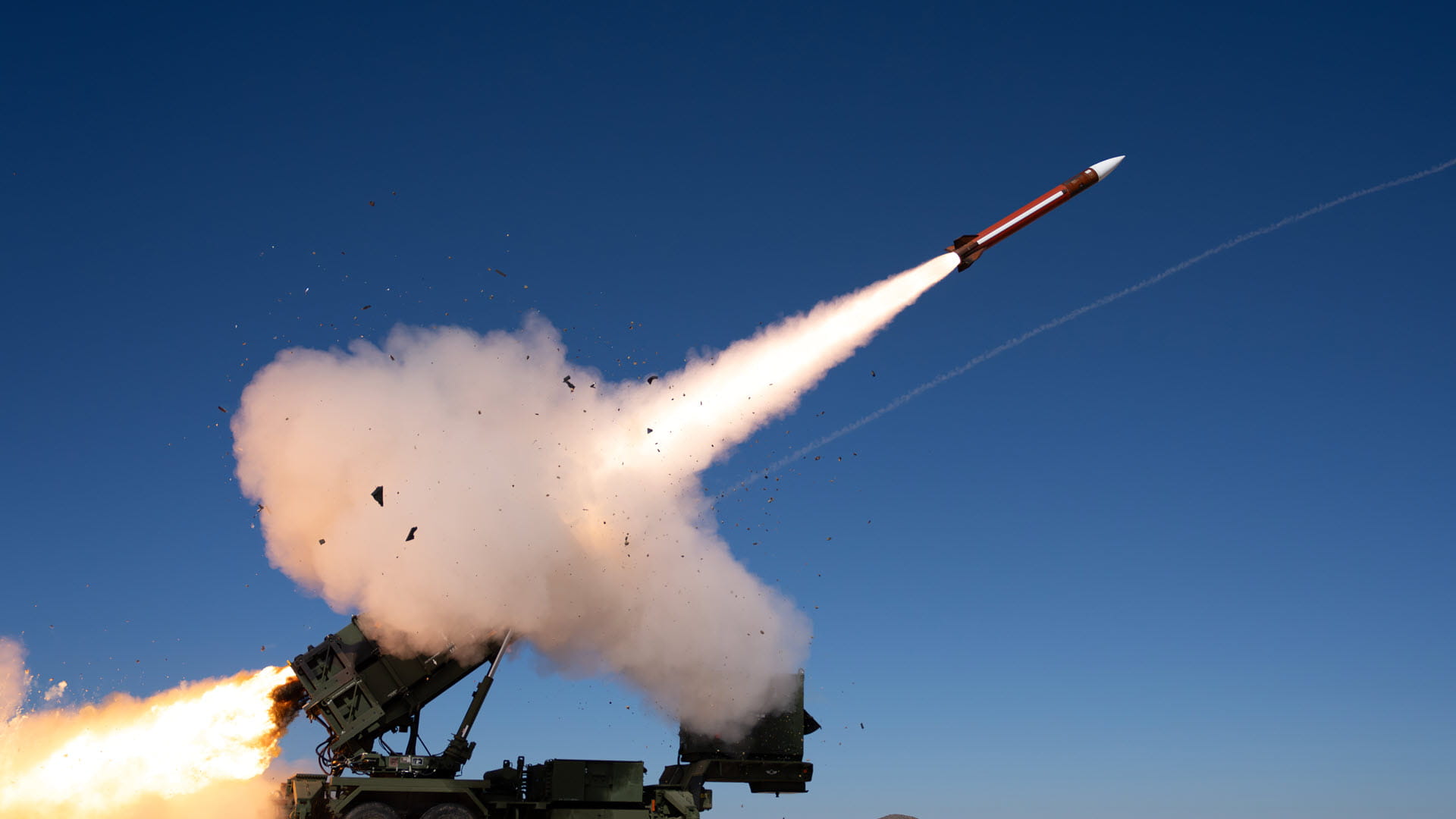Delivering with digital engineering
Modeling and simulation saves time, money by exposing problems
In the past, a complex military program with many requirements could take years to deliver. But the team working on a U.S. Space Force data analysis tool called Future Operationally Resilient Ground Evolution, or FORGE, didn’t have that kind of time. Nowhere near it, actually.
“On a program with a similar set of requirements, this process would’ve taken over two years to complete. We did it in two months,” said Karen Casey, a Raytheon Intelligence & Space engineering fellow. “Together with our customer, we did it differently.”
The team’s use of digital engineering is just one example of how engineers at Raytheon Intelligence & Space and across Raytheon Technologies are using techniques like modeling and simulation to provide customers what they need quickly, inexpensively and in a way that is easy to upgrade.
Everything’s Connected: Delivering with speed & capability
The goal of the FORGE Mission Data Processing Application Framework is to make it easy for analysts to process and understand information from nearly any source. It can help them generate warnings, intelligence information for military personnel, and eventually it will be available for civilian first responders and researchers. The system’s main function is to enable the Space Force to develop and deploy applications for data analysis quickly.
“FORGE operates very similar to a smartphone,” said Casey. “It won’t work without apps and the data that comes from the satellites. For example, by fusing data from existing space-based infrared system satellites, weather satellites and imagery satellites, the FORGE framework can quickly develop a picture that would indicate areas of interest, such as a volcanic eruption.”
Karen Casey shares what it is like to build a high profile program from the ground up while keeping the mission top of mind.
The program had many requirements, and the Raytheon Intelligence & Space team used digital engineering to complete them in record time. Using what’s known as a digital thread, they built and connected virtual models that gave them a clear understanding of what small design changes would do.
“Digital engineering is a powerful tool in our community that’s helping us build a better product,” said Garrett Brown, Raytheon Intelligence & Space’s chief architect for FORGE. “We are addressing the customers’ needs more quickly but also at the speed of relevance – everything is linked together.”
Core to the digital engineering approach is the concept of failing fast: recognizing shortcomings early, and quickly pivoting to alternatives. According to Casey, a lot of this success is the team that was willing to learn something new, and not be constrained by doing things “the way we always have.”
“We took traditional tools away from engineers that they used their entire careers, and we challenged them to use model-based engineering to establish tech baselines in a new way,” she said. “We had several fails with tooling, processes, and training, and we accepted that as OK. Instead, we embraced the problem, and found a better way and moved forward,” said Casey.
Moreover, digital engineering is helping Raytheon Intelligence & Space meet its mandate to deliver the technology its customers need in a timely way, according to John Balaguer, the business’ vice president of engineering.
“It’s about getting speed and capability out to our customers quickly,” Balaguer said. “This customer has been clear with us from very early in the competition they wanted new capability quickly at a reasonable cost and they wanted strong digital content – meaning not a lot of human hand-off. The FORGE team did an outstanding job winning this competition and now we have to deliver.”




